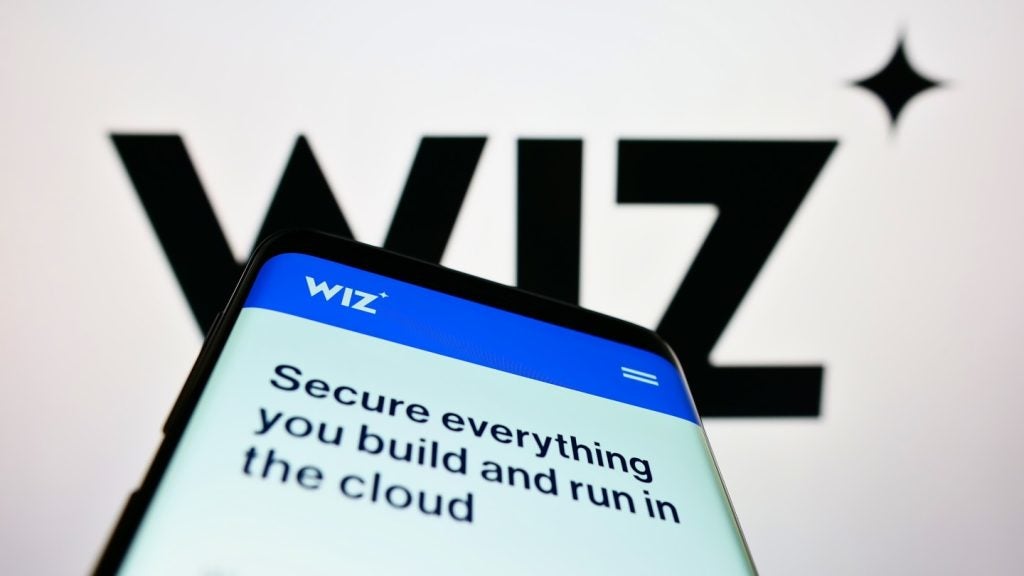
The leading companies in virtual reality are developing domain-specific tools for functions such as training, education, and data visualisation. At the same time, consumer-focused VR companies continue their search for the semi-mythical killer app that would make VR a mainstream hit. The market remains heavily gaming-oriented but is gaining traction in areas such as live streaming and social media.
Leading companies in virtual reality
Listed below are the leading companies in virtual reality, as identified by GlobalData.
Alphabet – US
Google’s VR ambitions are changing from products to services. The smartphone-based Cardboard is losing out to untethered headsets. Google has also shut down its in-house VR development units, Jump and Spotlight Stories, and removed the Play Movies & TV app from Daydream. As a result, the Daydream View headset is struggling with lack of content. At its I/O 2019 event, the company announced that it would be shifting its focus from VR hardware to software (apps and games), expanding the coverage of Tilt Brush, YouTube VR, Google Street View, and other services.
Amazon – US
Amazon positions itself as a VR service provider, rather than a device maker. In 2017, Amazon Web Services (AWS) launched Amazon Sumerian, a managed service that aims to help VR developers create VR, AR, and 3D apps and games. The service is integrated with other AWS services. Sumerian is compatible with a range of VR platforms including Oculus Go, HTC Vive, Google Daydream, and Lenovo Mirage. Amazon has also introduced VR shopping kiosks, and partnered with HTC to add Viveport apps and games to Amazon’s online store.
Facebook – US
Facebook entered the VR market in 2014 with the acquisition of Oculus for $2bn. The company’s VR portfolio includes PC-tethered headsets such as Oculus Rift and Rift S, and untethered headsets, Oculus Go and Quest. Content for these devices comes from the Oculus Store. In 2019, it acquired exclusive rights to the VR versions of popular Ubisoft games Assassin’s Creed and Splinter Cell. The company’s expanding VR ecosystem also includes Oculus Medium, Oculus Venues, and Facebook Spaces.
How well do you really know your competitors?
Access the most comprehensive Company Profiles on the market, powered by GlobalData. Save hours of research. Gain competitive edge.

Thank you!
Your download email will arrive shortly
Not ready to buy yet? Download a free sample
We are confident about the unique quality of our Company Profiles. However, we want you to make the most beneficial decision for your business, so we offer a free sample that you can download by submitting the below form
By GlobalDataHP – US
HP introduced its second Windows VR headset, Reverb, in May 2019. The device features the Windows Mixed Reality platform and supports SteamVR and Viveport for content. Reverb’s technical specifications put it ahead of Windows Mixed Reality headsets from Samsung and Acer. It offers 4K resolution, 114-degree FOV, improved pixel density, built-in spatial audio, on-ear headphones, and inside-out tracking.
HTC – Taiwan
At the time of writing, HTC sells four headsets (the Vive, Vive Pro, Vive Pro Eye, and Vive Focus), with a fifth (Vive Cosmos) expected to become available later in 2019. The company’s subscription-based app store, Viveport, includes over 3,000 compatible apps. HTC also maintains a separate gaming subscription service, Viveport Arcade. At the headset level, the company has invested in areas such as visual quality, comfort, and experience. HTC’s offering for enterprise users is based around the Vive Pro, Vive Pro Eye, and Vive Focus Plus headsets, and Vive Enterprise Solutions.
Microsoft – US
Microsoft’s Windows Mixed Reality platform is used in headsets from Samsung, Acer, Lenovo, and HP. These headsets are powered by content from the Microsoft Store and SteamVR and include universal apps such as the Microsoft Edge browser. Microsoft does not have a VR headset of its own, but is bundling the Oculus Rift S with its upcoming next-generation Xbox consoles.
Nvidia – US
NVIDIA is a leader in the VR GPU market, with its GeForce RTX series used by Oculus and HTC in their headsets. The company’s aim to develop a VR ecosystem is reflected in VRWorks. Nvidia’s neural network-powered Turing Chip, claims to deliver cinema-quality interactive experiences, while the company also promotes its Tesla T4 series inference chips as an accelerator for cloud-based VR initiatives. However, low-cost GPUs from AMD, and new GPUs arriving from Intel, Qualcomm, and ARM present significant competition for Nvidia.
Qualcomm – US
Qualcomm is taking an aggressive approach to VR. It launched the XR1 chipset in 2018, claiming improved battery life and performance on VR headsets. Its 2019 Cloud AI 100 chipsets will also fuel the development of cloud-based VR services. At the Mobile World Congress 2019, Qualcomm announced the XR-optimised certification programme, which enables smartphones running on the Snapdragon 855 processor to access 5G-powered VR content. It also introduced the Boundless XR to develop standalone, wireless PC-connected VR headsets. The company is also exploring eye tracking technologies with Tobii.
Samsung – South Korea
Samsung launched the Gear VR, in collaboration with Oculus, in 2015. It shipped 7.8 million units by the end of 2018. Samsung competes with Google’s Daydream View and Oculus Go, and has not updated the hardware since 2017. Samsung’s S10 is compatible with the Gear VR, while its VR ambitions will be hit by the emergence of untethered headsets.
Sony – Japan
Sony announced in March 2019 that it had sold a total of 4.2 million PSVR devices since it launched in 2016. The success of PSVR can be attributed to Sony’s strong position in the gaming industry and its willingness to reduce prices to attract consumers. However, PSVR sales are still a fraction of the total PS4 installed base. Sony has announced the next-generation PlayStation to boost its VR offering.
Ubisoft – France
Ubisoft is making significant moves in VR. It has given Facebook exclusive rights to put VR versions of Assassin’s Creed and Splinter Cell on its Oculus headsets. It also launched Assassin’s Creed themed VR escape rooms in more than 100 locations across the US and Europe. With new VR-supporting consoles scheduled to arrive in 2020, Ubisoft is looking to position itself as a leading VR game developer.
Unity – US
Unity is the most widely-used VR development platform. Unity offers 2D and 3D models, templates, SDKs, and VR tools for developers through the Unity Asset Store. The company supports leading VR devices and serves as an integrated platform for Apple’s ARKit and Google’s ARCore.
Virtuix – US
Virtuix is best known for its Omni VR treadmill. The Omni uses a stationary platform to simulate motion, which makes it ideal for VR arcades and theme parks.. In 2018, Virtuix launched the VR Arena in Austin, Texas, which combines VR with esports. The VR Arena also incorporates social elements of modern gaming Virtuix also offers live streaming on Twitch.
Walt Disney – US
Walt Disney holds a majority stake in streaming platform Hulu, which has a strong portfolio of premium VR content Disney Movies VR brings Pixar and Disney characters to life using VR, while Walt Disney Animation Studios is developing original VR films Disney has also demoed a VR game for Uber vehicles.
This is an edited extract from the Virtual Reality – Thematic Research report produced by GlobalData Thematic Research.








Related Company Profiles
Acer Inc
NVIDIA Corp
Google LLC
Qualcomm Inc
HTC Corp